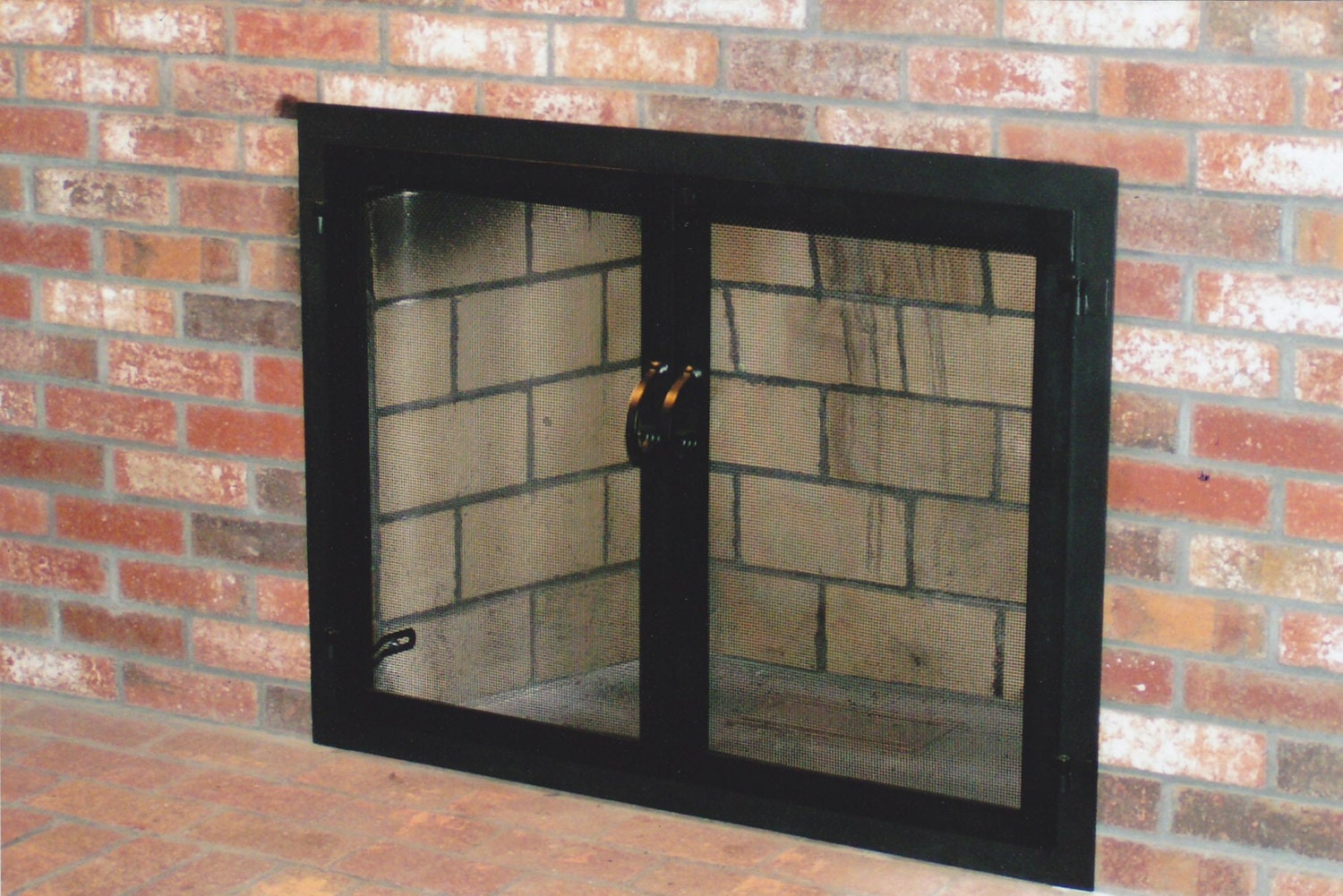Chimney maintenance and proper
cleaning are key steps to keeping your family safe and warm as the
temperatures drop. Neglected chimneys accumulate creosote, a combustible
byproduct of charred wood, along their walls. Add to that a high
internal flue temperature and you've got a potentially dangerous chimney
fire on your hands.

The best way to avoid a house fire caused by the fireplace
or chimney is to hire a professional chimney sweep to inspect for
cracks and loose bricks. He'll also clean your chimney. Chimney
inspections are typically broken down into three categories.
Level
1 is a standard, annual inspection for chimneys that have no major
changes to investigate. The chimney inspector will examine the interior
and exterior, as well as the chimney connection. The general soundness
of the chimney will be examined, and any obstructions will be noted.
Level 2 is an inspection that follows a change in fuel type or changes to the shape or materials in the flue.
Level
3 is rare. These inspections are conducted when a hazard is suspected.
Typically, part of the building or chimney is removed to examine the
chimney thoroughly.

Once
your chimney gets the all-clear, you should follow some basic safety
tactics when it comes to your chimney and the vicinity of the fireplace
or wood stove:
• Keep
the area in front of the fireplace clear of paper and debris. It can be
tempting during the holidays to place decorations close to the
fireplace, but keep them at a safe distance.
• If your fireplace doesn't have a glass door, use a wire mesh screen.
•
Use seasoned hardwoods that have been split for six months to a year.
"Green" wood creates more creosote. Don't burn your Christmas tree (pine
creates more creosote) or be tempted to throw wrapping paper, boxes, or
trash into the fireplace.
•
Keep the area near the chimney clear. If you have trees that hang over
the house near the chimney, make sure branches and leaves are at least
15 feet away.
• Cap
your chimney. A top that has wire mesh along the sides will keep out
rain and snow, birds, and other critters that might be running around on
the roof.
• Think
small. If you try to burn too much wood, the chimney can crack and you
run the risk of creosote build-up. Burn wood on a grate placed near the
back of the fireplace.
Like
fire, carbon monoxide can be a deadly threat. Carbon monoxide is an
odorless, invisible toxic gas that kills about 400 people per year, according to the Centers for Disease Control and Prevention, and sickens many more.
While
carbon monoxide poisoning can result from poorly functioning home
appliances and heating systems, it can also come from poorly maintained
chimneys. The chimney and chimney connector serve as a furnace's exhaust
system. If debris is blocking the chimney, carbon monoxide can
accumulate inside the house.
Perhaps
the most important rule of all when it comes to chimney
maintenance is to install and maintain smoke and carbon monoxide
detectors inside and outside of bedrooms. Replace the batteries each
season and test the detectors regularly. If the detector is more than 10
years old, replace it.
No comments:
Post a Comment